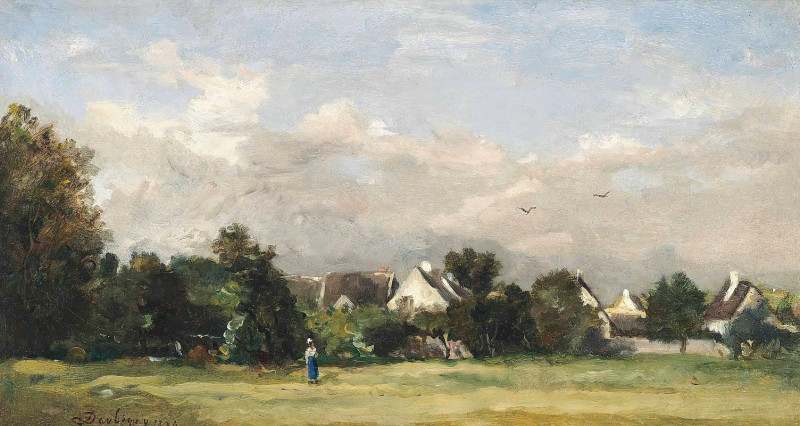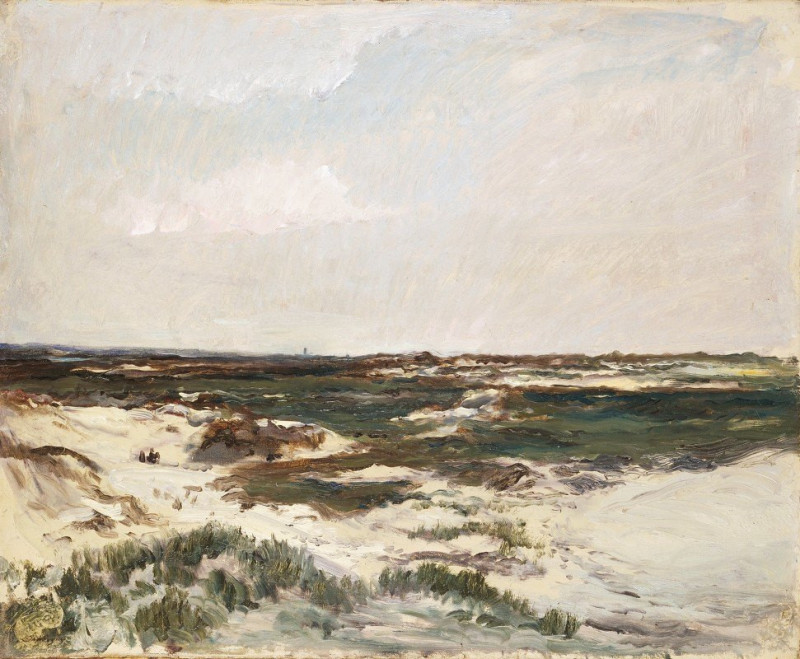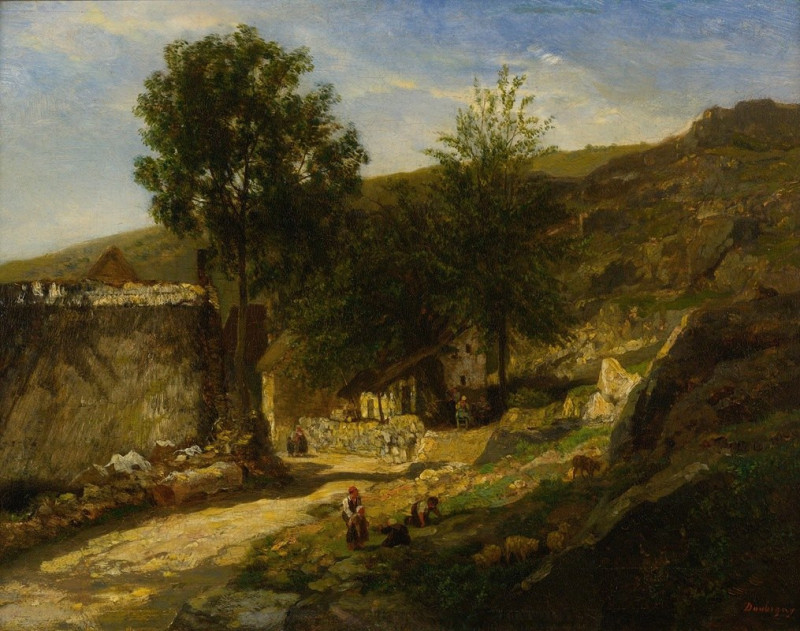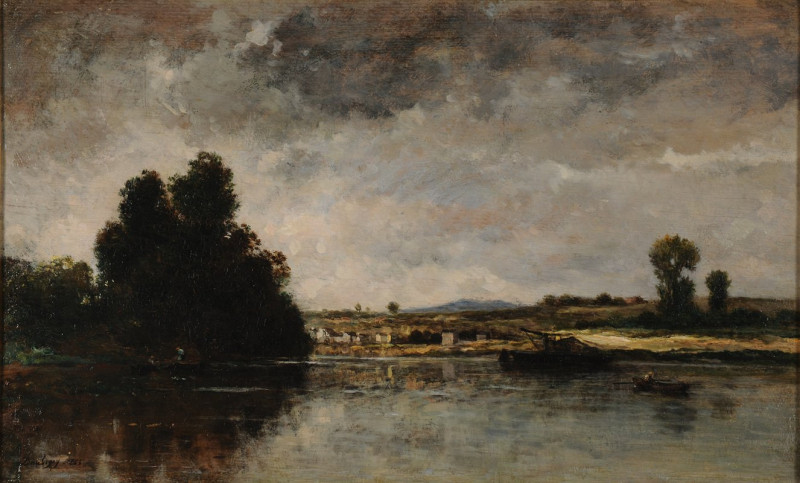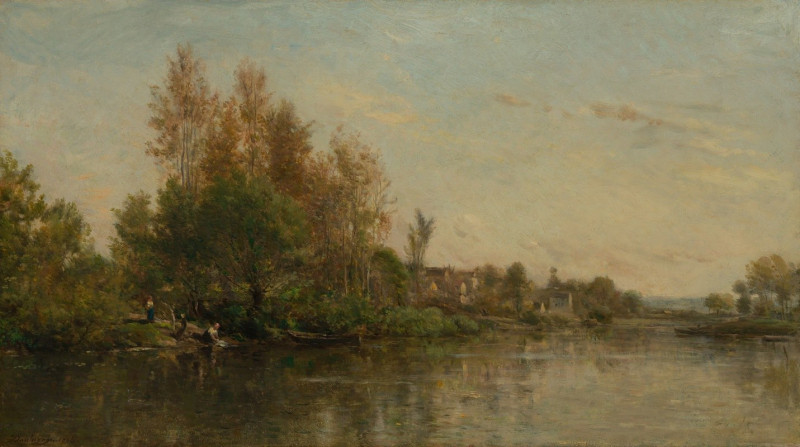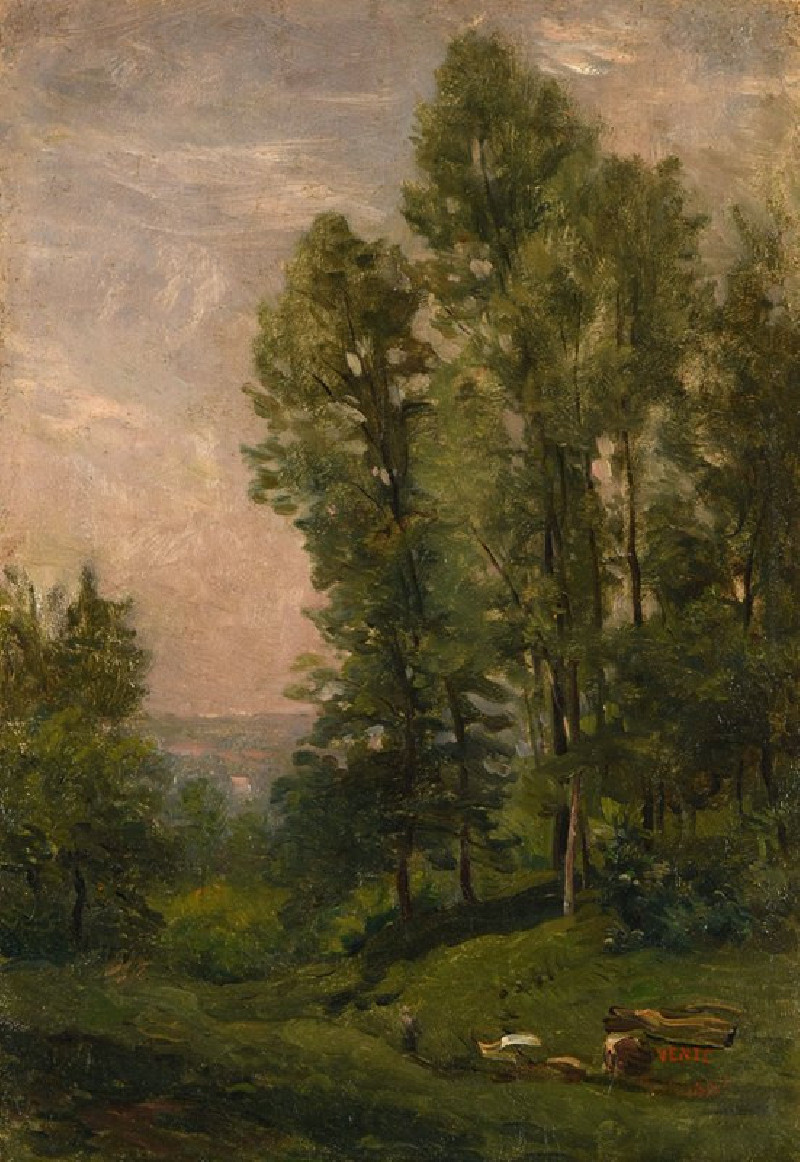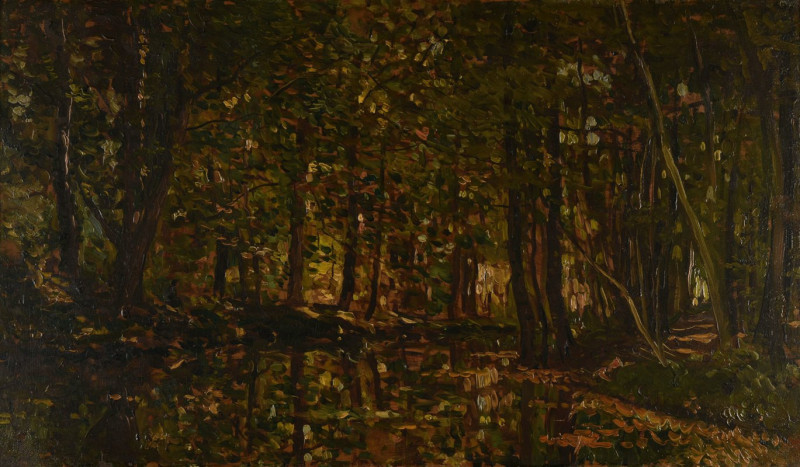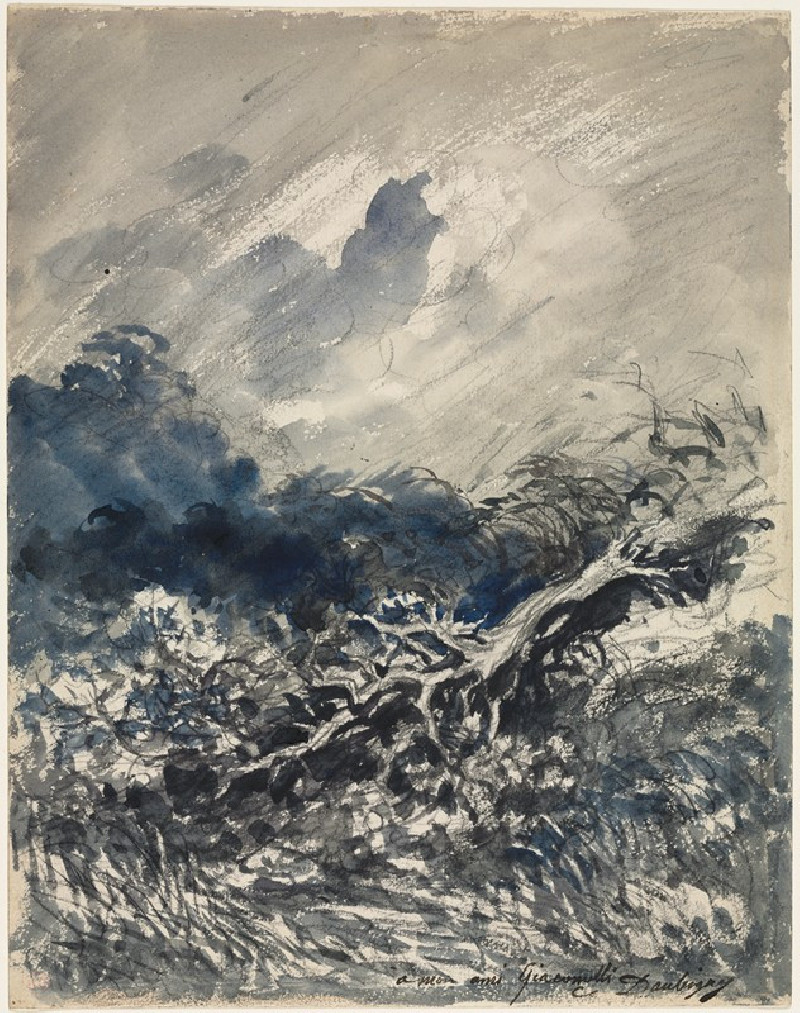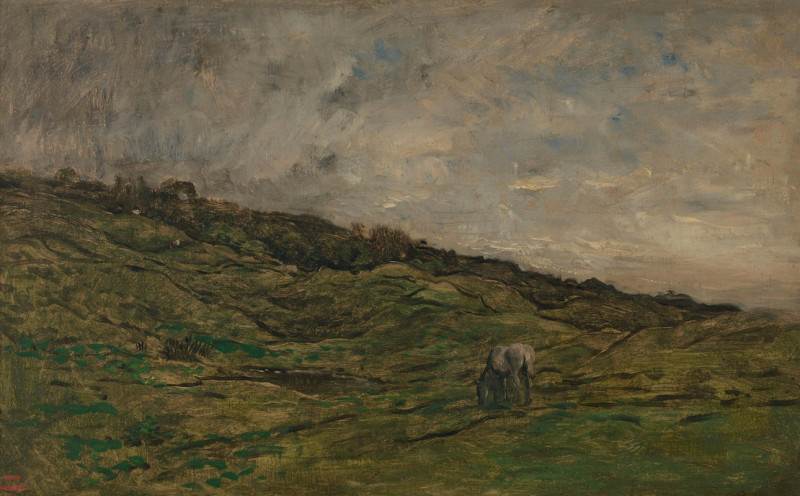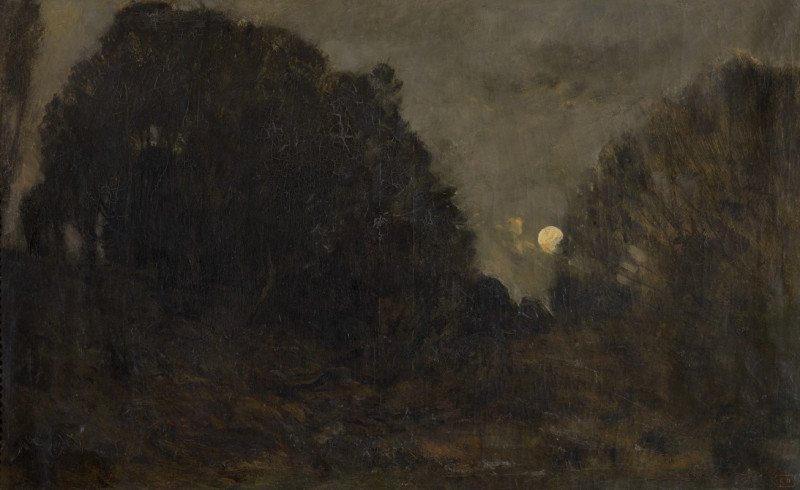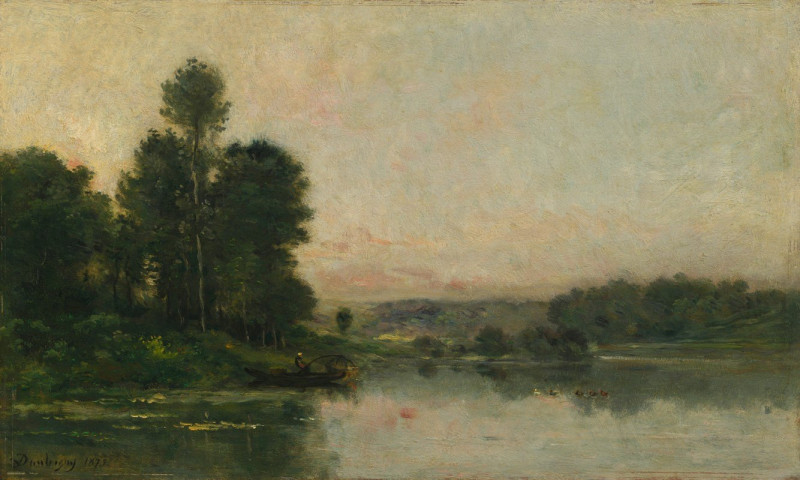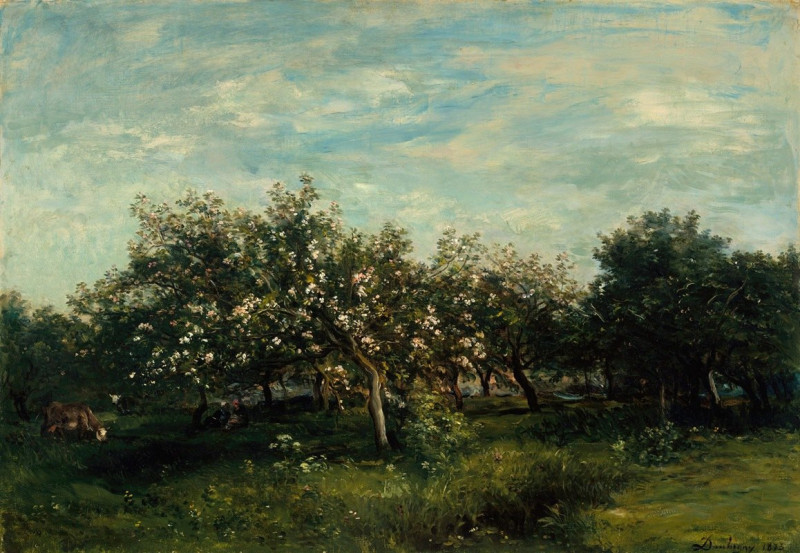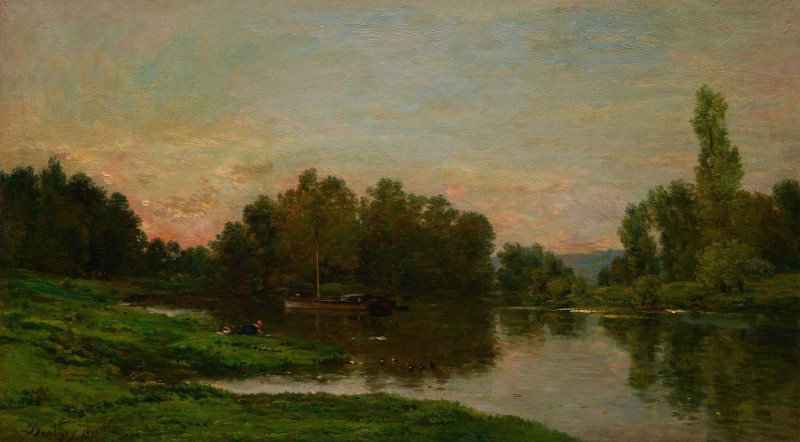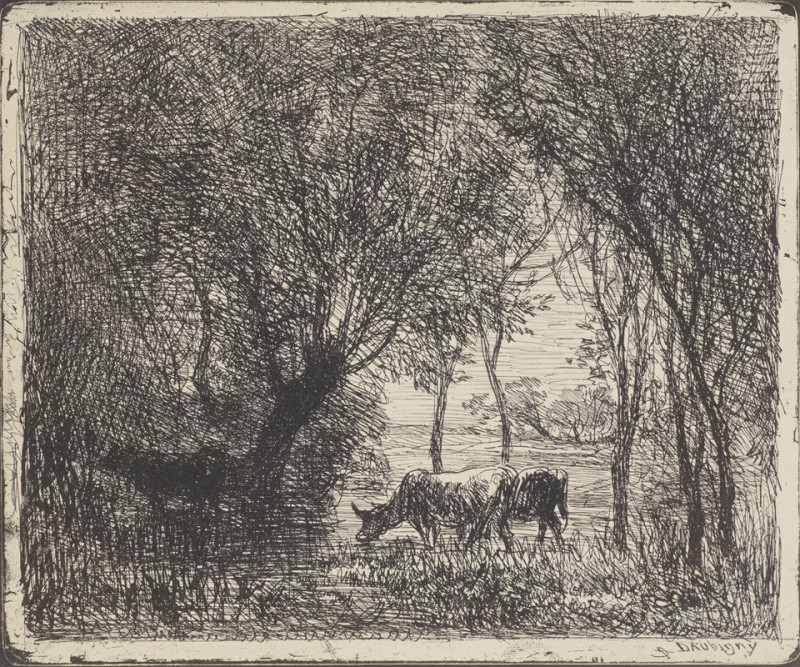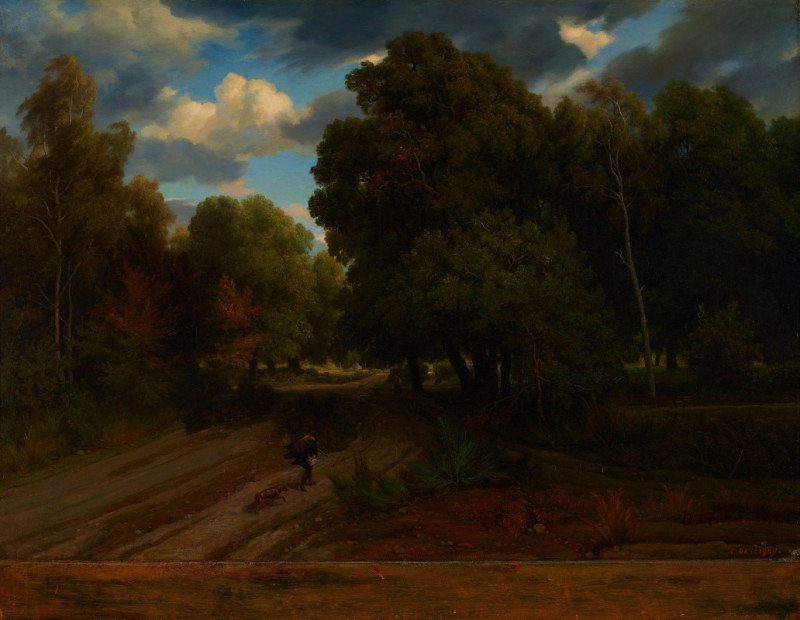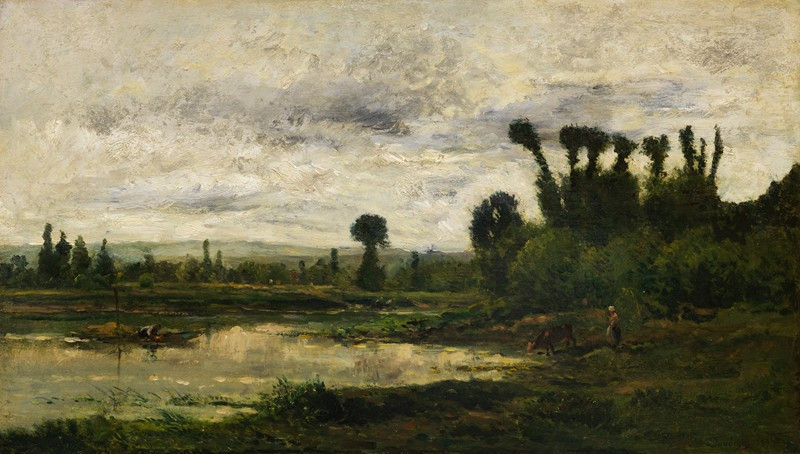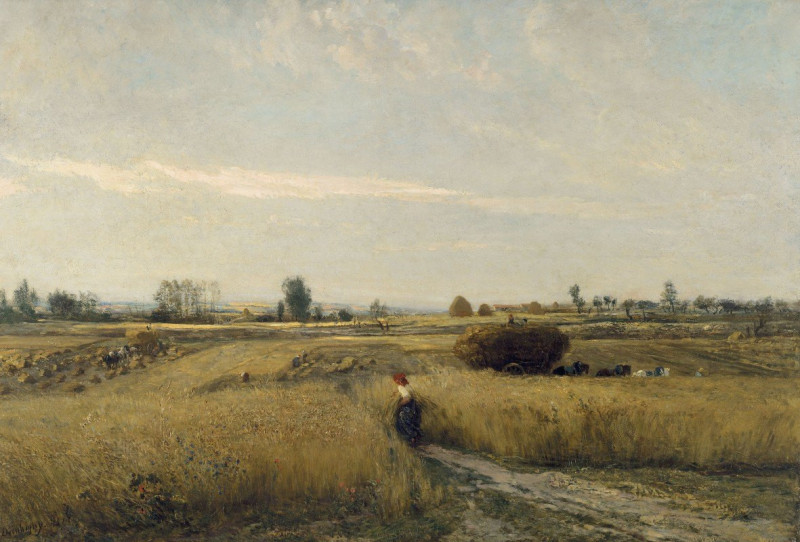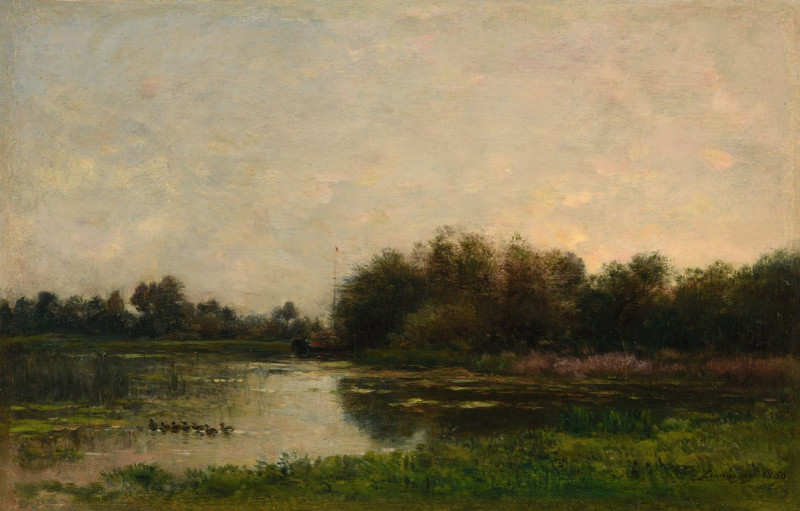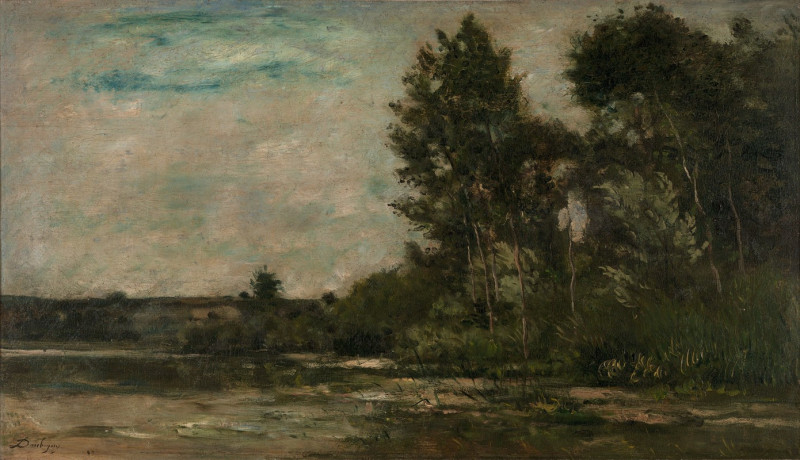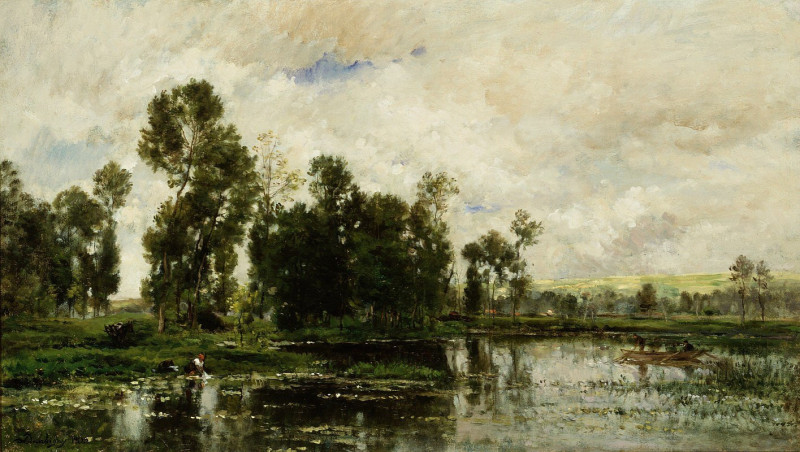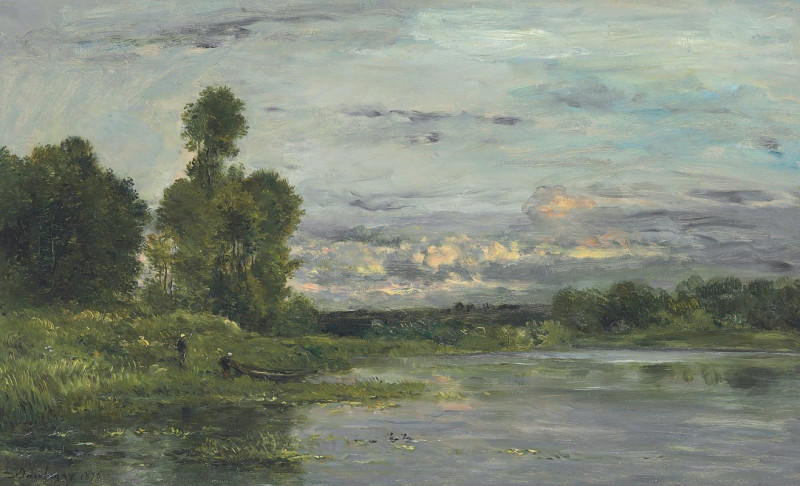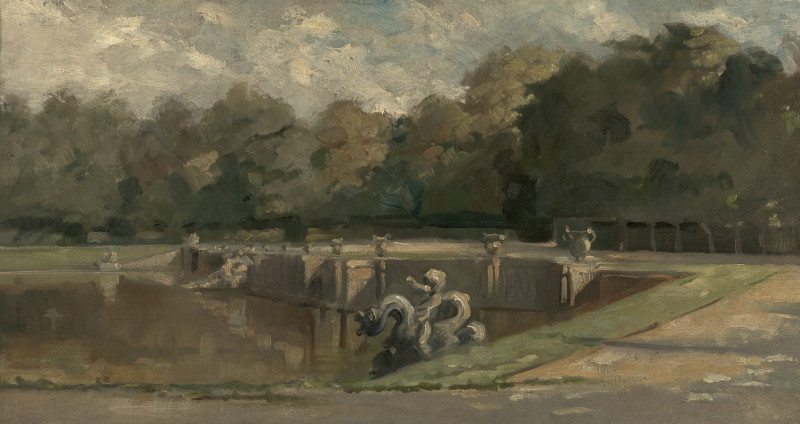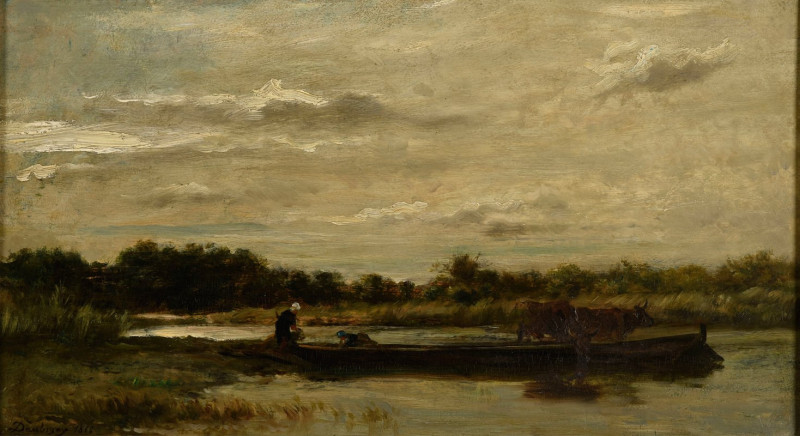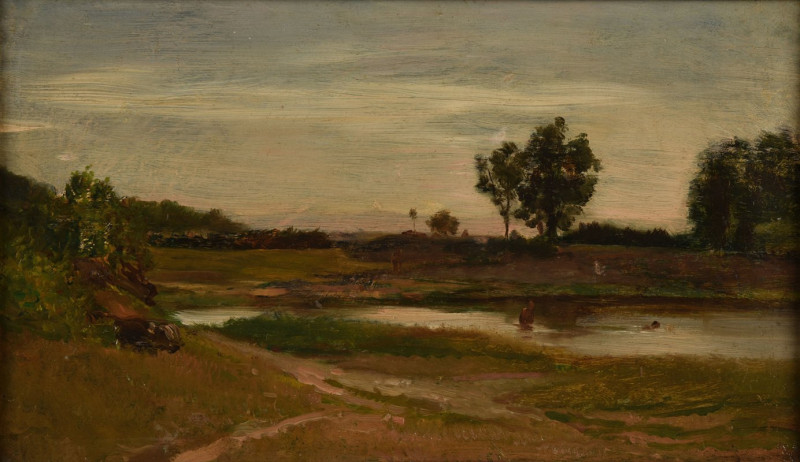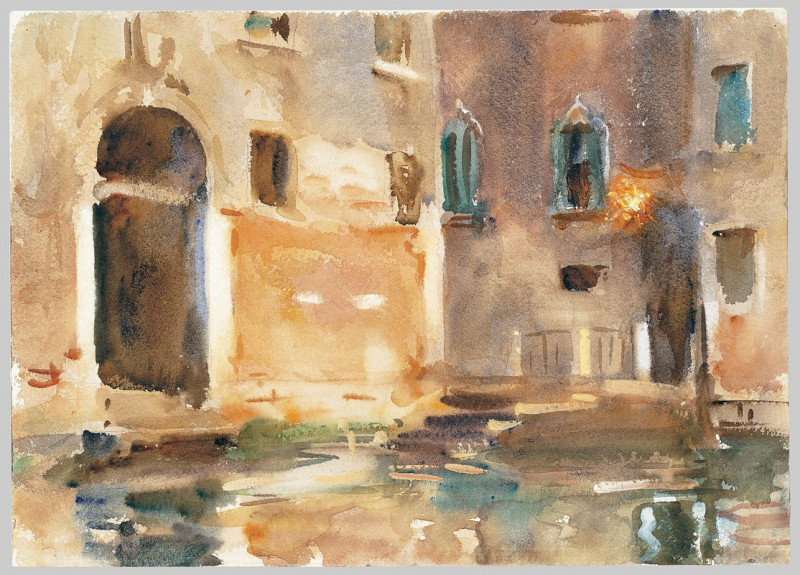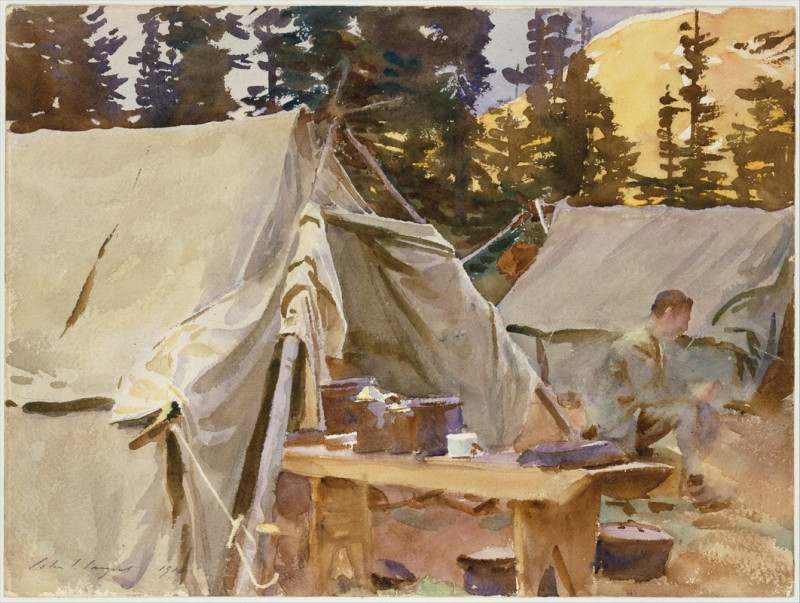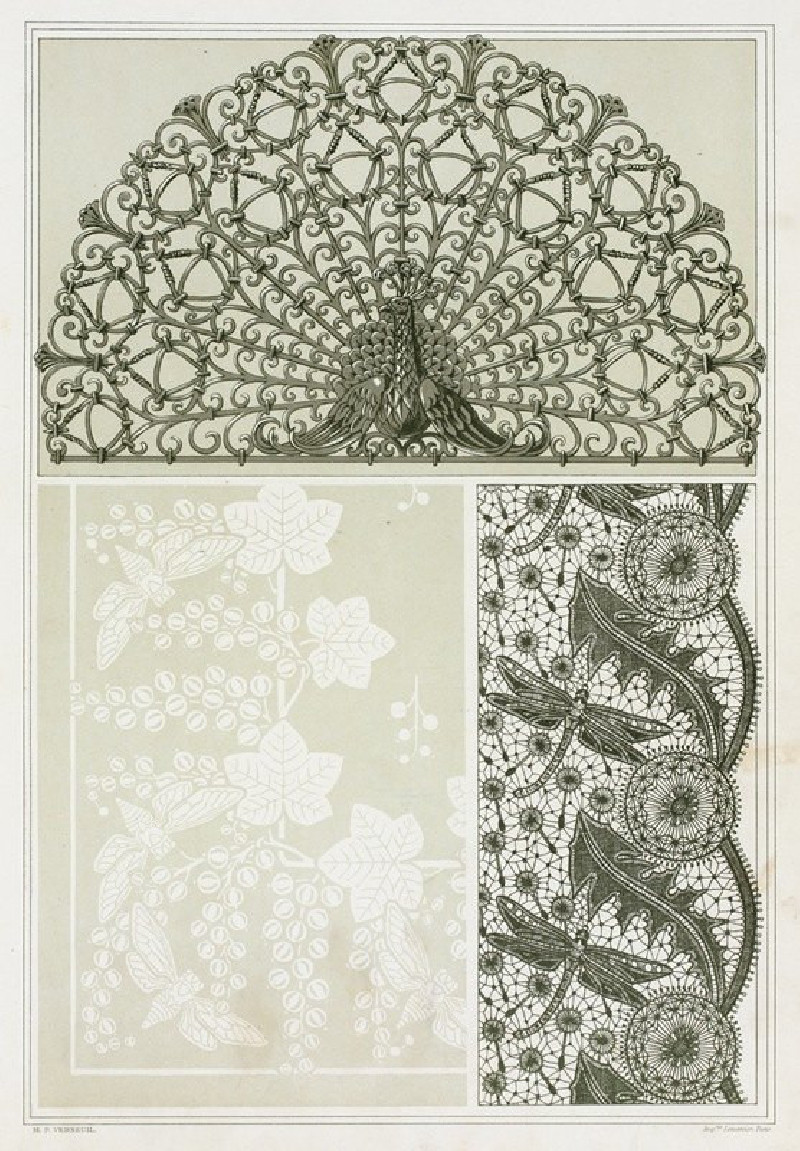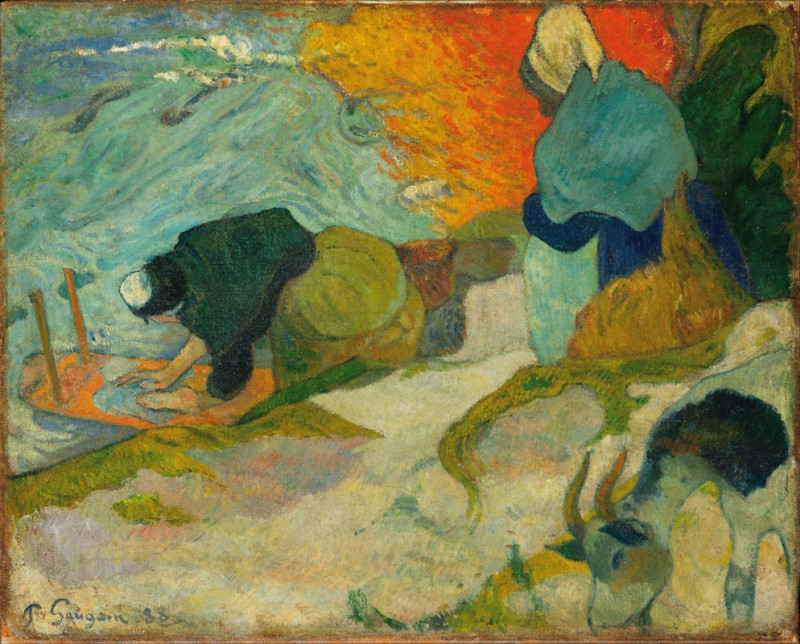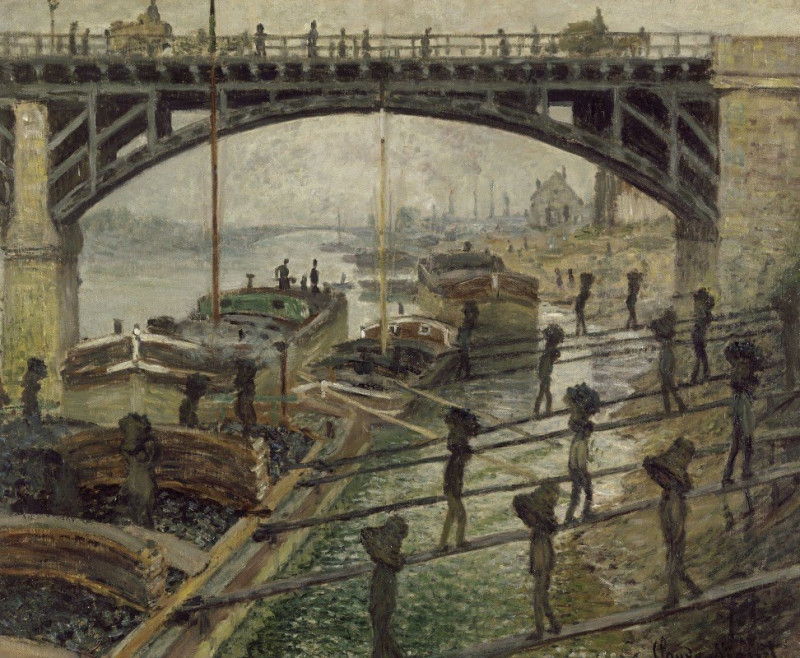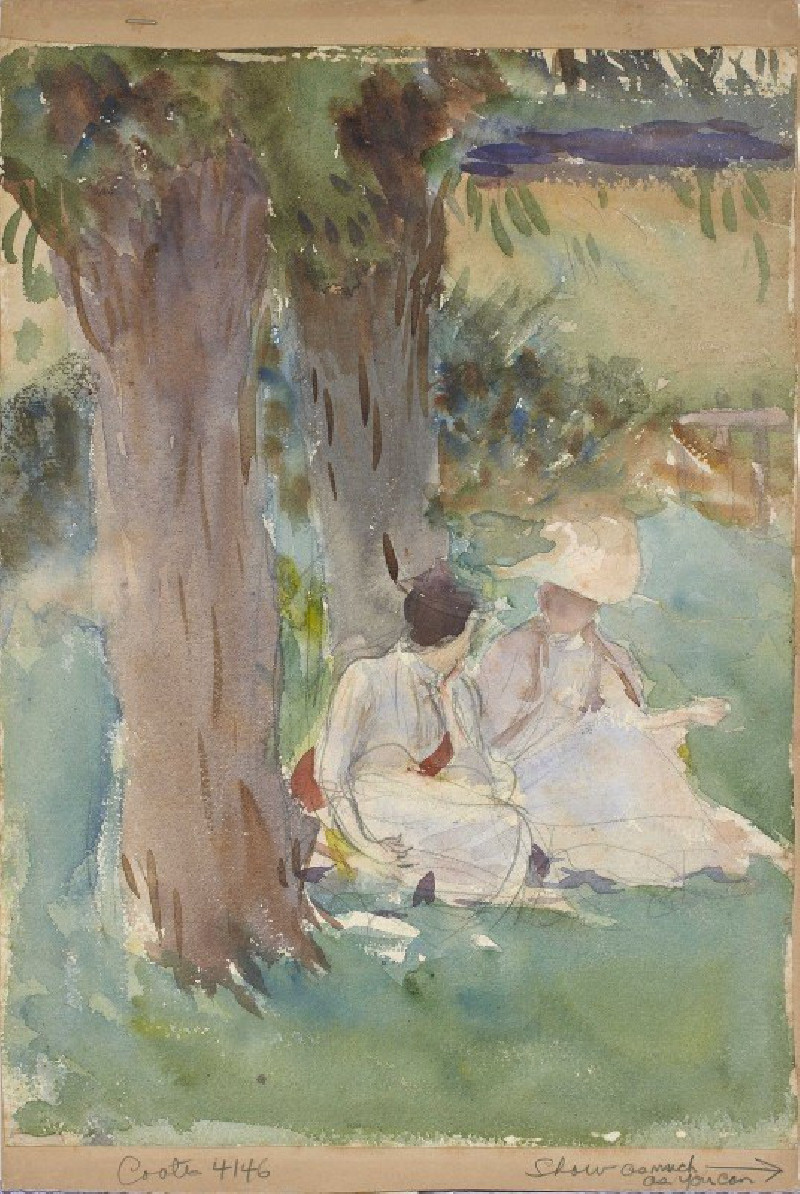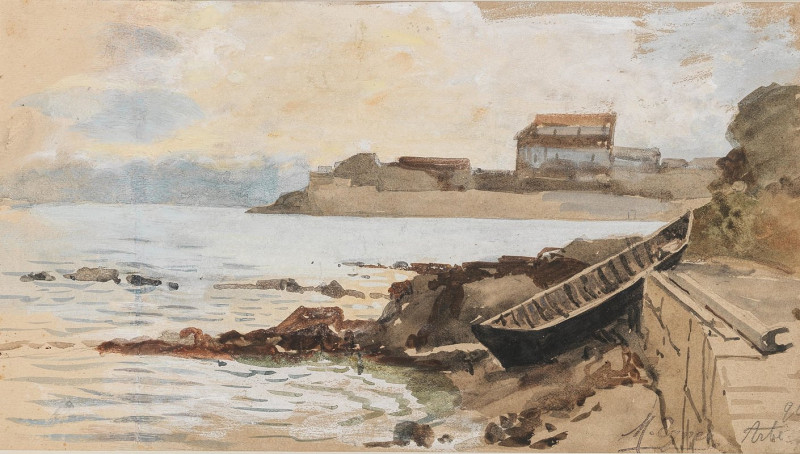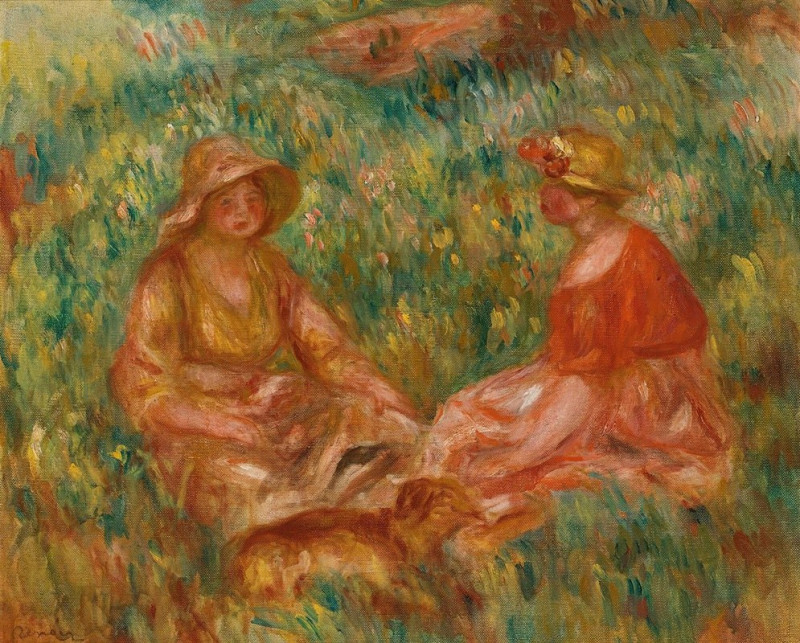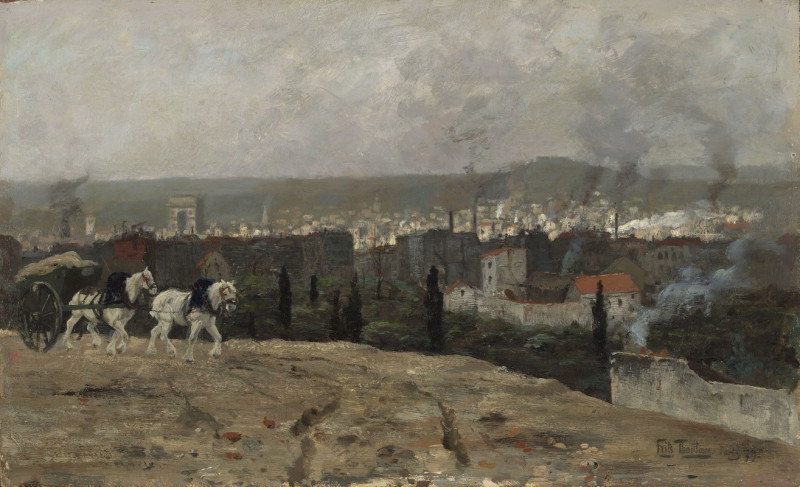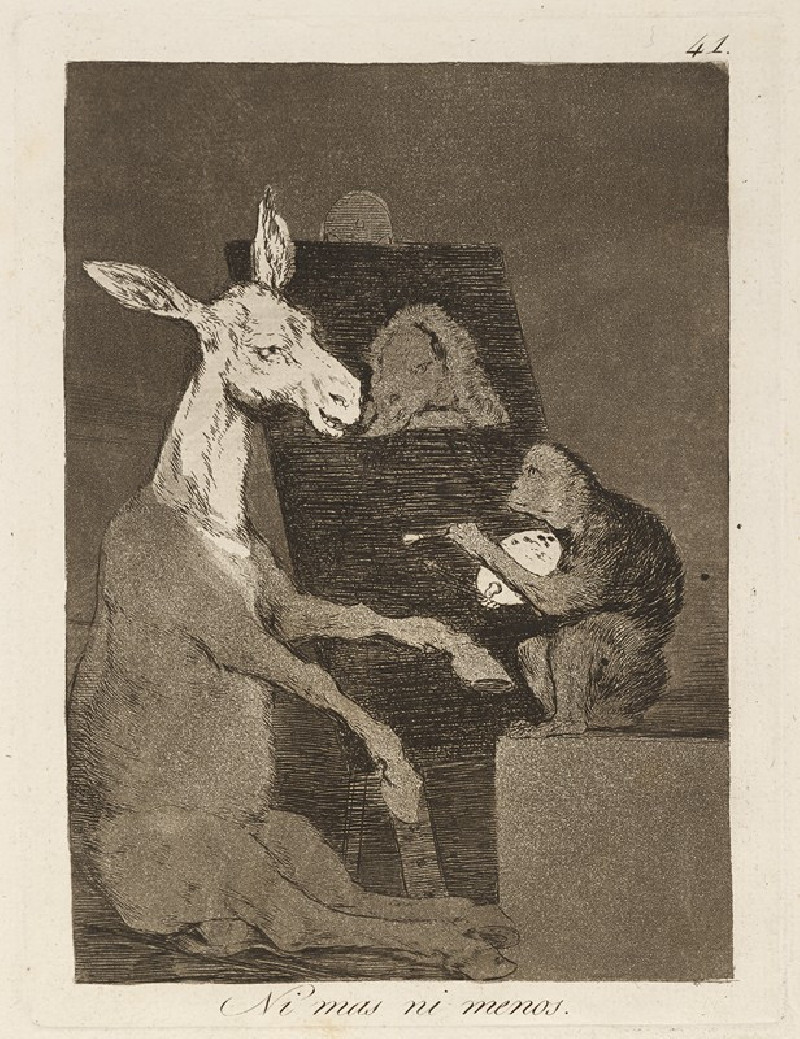Paysanne Près D’un Village (1876)
Technique: Giclée quality print
Recommended by our customers
More about this artwork
We are delighted to spotlight "Paysanne Près D’un Village," an enchanting 1876 landscape by Charles François Daubigny, one of the pivotal figures in the Barbizon School known for captivating natural scenes and pre-Impressionist sensibilities. This painting elegantly portrays the tranquil daily life juxtaposed against the pastoral beauty of rural France.As you gaze into the painting, your eyes are immediately drawn to the calm figure of a peasant woman in the foreground. She is seen from a distance, set against a lush field that whispers the tales of everyday rural life. The woman's presence, although small, serves as a poignant reminder of humanity's connection to the land.Beyond the figure, the painting expands into a beautifully muted village, lightly brushed in soft architectural forms under a vast, expressive sky. This sky, a dynamic display of clouds, brings a breathable openness to the scene, suggesting the transient nature of light and weather over the landscape.Daubigny's skillful use of diffused light and shadow plays across the thatched roofs of village homes, which nestle quietly among the dense foliage, blending harmoniously with the natural world. The artist’s subtle but vibrant green and earth tones create a serene, inviting atmosphere, allowing one to almost feel the gentle breeze and smell the fresh country air.In the broader skies, two birds soar freely, adding a sense of movement and life to the stillness below, perfectly encapsulating the coexistence of man, nature, and wildlife."Paysanne Près D’un Village" is not only a visual treat but also a contemplative journey into the rhythms of rural existence, celebrated through Daubigny's masterful brushwork and harmonious color palette.
Delivery
Returns
Charles-François Daubigny (15 February 1817 – 19 February 1878) was a French painter, one of the members of the Barbizon school, and is considered an important precursor of impressionism.
He was also a prolific printmaker, mostly in etching but also as one of the main artists to use the cliché verre technique.

